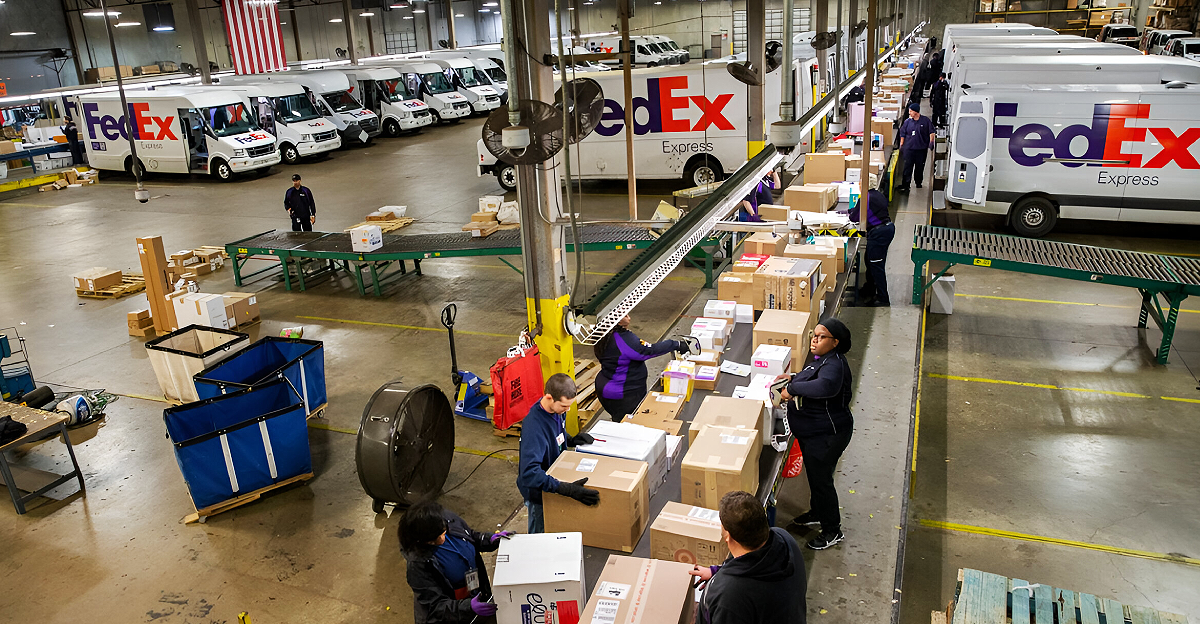
FedEx announced significant layoffs in Iowa in July 2025 as part of “Network 2.0,” the company’s most comprehensive restructuring initiative to date. In addition to larger workforce reductions across the country, the company is laying off employees in Cedar Rapids and closing facilities in Dubuque, which will affect 84 positions in total.
According to official sources, these changes are motivated by the need to reduce expenses, streamline operations, and maintain competitiveness as supply chain dynamics and logistics change quickly in an unpredictable economy. The industry and the impacted communities have been shaken by this decision, which has sparked discussion about the stability of the logistics sector overall as well as the future of FedEx employees.
Past Examples

Layoffs by corporations in reaction to technological and global disruption are not new. As they reorganized in response to market and regulatory changes, giant companies like Ford, AT&T, and Sears eliminated tens of thousands of jobs in the 1990s and 2000s. Historically, as businesses attempt to adapt to the new economic realities, such restructuring frequently comes before subsequent rounds of layoffs, both internally and among peers.
The combination of pandemic aftershocks, technological advancement, and a tumultuous trading environment distinguishes the current FedEx scenario and suggests even more significant systemic change. A sobering reminder that layoffs frequently serve deeper strategic financial motives beyond operational needs is the aggressive layoffs that occurred in the 1980s as a result of corporate raiders looking to make money.
The “Network 2.0” of FedEx

Through facility closures, automation, and a significant overhaul of operations, FedEx’s Network 2.0 aims to save up to $4 billion by 2025 by combining its formerly divided Express and Ground services. The program departs from founder Fred Smith’s legacy of independently operated divisions and moves toward the operational structure of primary rival UPS, with over 2,500 layoffs planned in 2025 alone.
With an emphasis on leaner, faster, and more resilient logistics, leadership highlights this integration as being driven by technology. Beyond merely cutting headcount, this program also reflects a larger trend toward tech-enhanced supply chains that demand higher technical and analytical skills but require fewer human operators. Network 2.0 is a blueprint for the future of freight movement as well as a cost-cutting strategy.
Who Will Be Next in the Domino Effect?
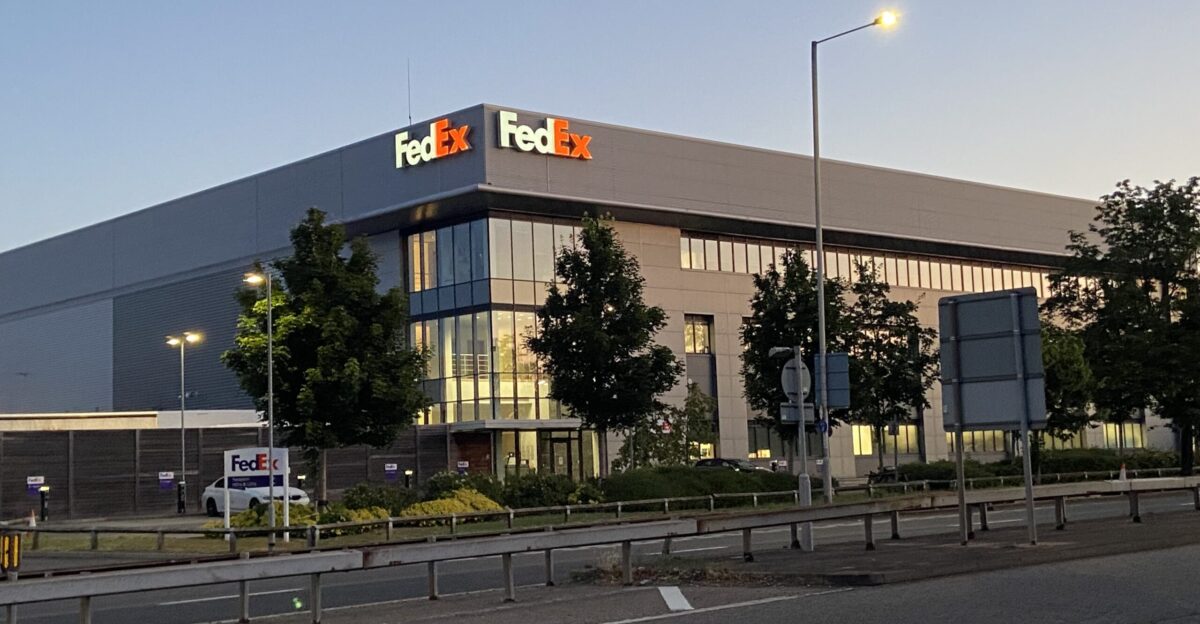
Layoffs are rarely isolated incidents. The scale of FedEx’s actions—closing facilities, combining hubs, and combining networks—often leads to peer imitation. Tens of thousands of layoffs have already been announced for 2025 by freight giants like UPS, Penske Logistics, and others. Job stability in logistics and related industries is at risk due to an industry-wide “survival of the fittest,” where competitors may expedite their own restructuring plans to stay ahead of the competition and cut costs.
Furthermore, the patterns of layoffs in logistics are a reflection of harsh macroeconomic realities, such as global tariffs and a softened demand for freight, which will put pressure on other transportation sectors and related industries and hasten job contractions that extend well beyond FedEx.
The Impact on the Community: The Human Cost
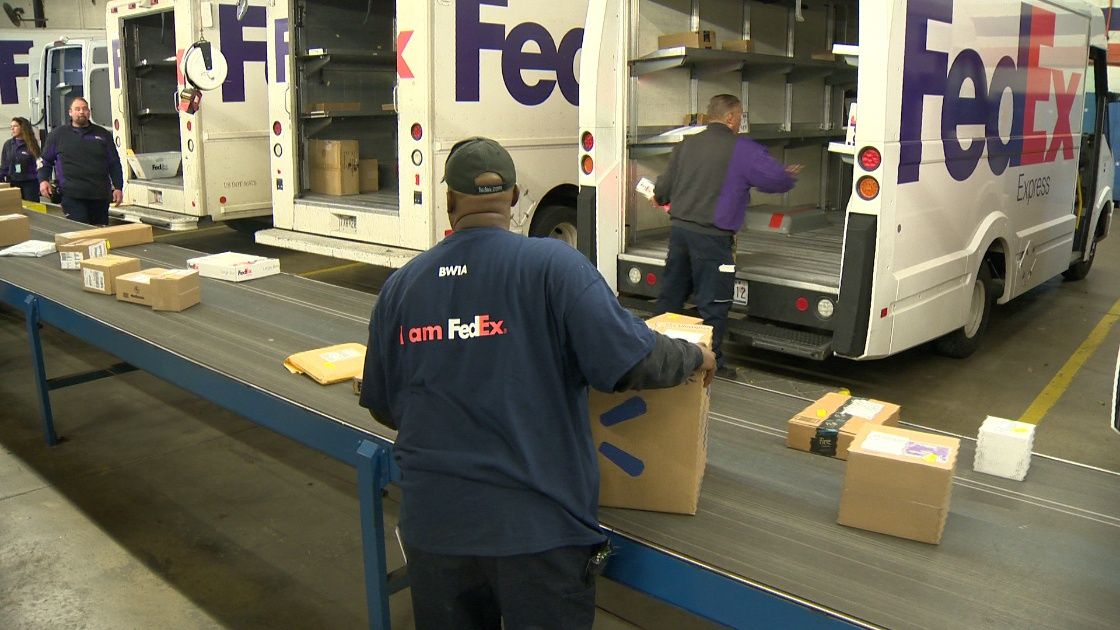
Communities were severely impacted by the layoffs, particularly in areas like Iowa, where big businesses are the backbone of the local economy. As workers look for work elsewhere, local governments prepare for a drop in consumer spending, lost tax revenue, and a downturn in real estate markets. FedEx’s reorganization, according to critics, pays little attention to these side effects.
Long-term community costs, such as higher unemployment and possible mental health problems, are frequently overlooked by businesses but can weaken local economies for years following layoffs.
The Broader Trend in The Workforce
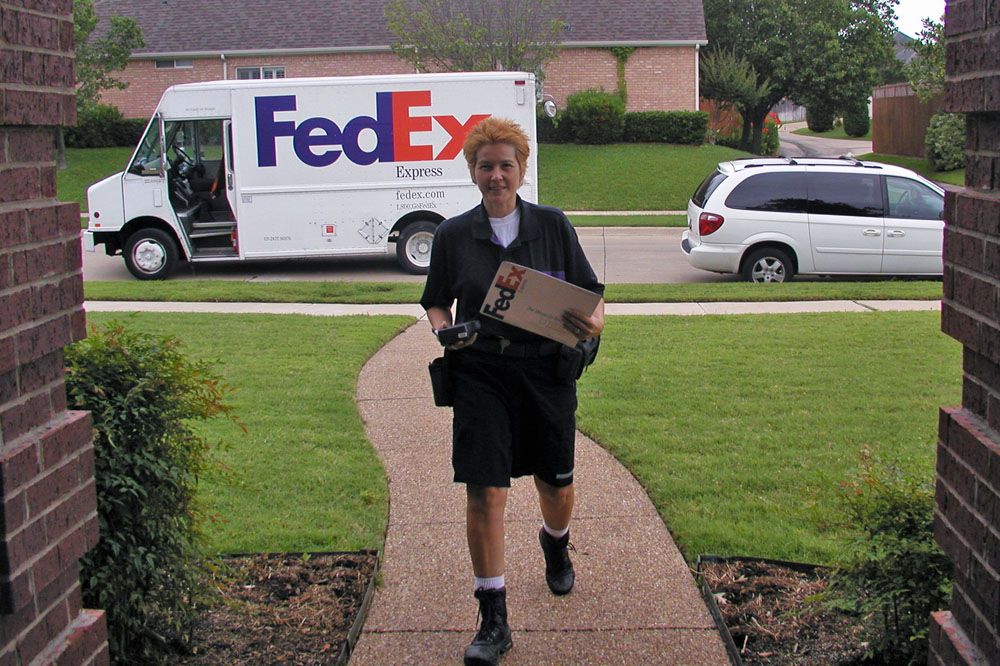
FedEx isn’t exactly by itself. With over 250,000 jobs lost in the US in the first half of 2025, it has been a record year for layoffs in almost every industry. The decline of the tech sector, rising automation, and ongoing supply chain volatility are some of the contributing factors. According to labor market data, new job creation is slow, even at companies reporting high profits, unlike previous downturns.
This leaves displaced workers in a precarious situation and increases middle-class anxiety. This widening gap between slow hiring and layoffs highlights a structural shift in the economy, as good, steady jobs are being lost, forcing workers to take on contract or gig work at the risk of their long-term financial stability.
Automation as well as the Unavoidable

The thesis Automation is already eliminating thousands of jobs; it is not just “coming.” FedEx’s reorganization, which includes investments in robotic package handling and predictive analytics, expedites the transition from manual labor to algorithm-driven logistics. This drastically reduces the number of front-line and even middle-management positions, despite the long-term efficiency and profits that are promised.
Increasing socioeconomic gaps and the psychological fallout for workers displaced by unrelenting technological progress are issues that proponents of increased automation must address. Large-scale retraining programs will be necessary for the shift, but corporate investment in workforce redeployment is still uncertain, which exacerbates concerns about long-term job security in logistics and other fields.
The Ignored Trigger of Losing the USPS

The recent loss of FedEx’s U.S. Postal Service contract, which is worth over $120 million a year, is a significant and little-known factor that led to FedEx’s restructuring. FedEx was forced to expedite cost-cutting and rationalization as a result of this blow, which made it a reactive rather than a proactive move. Short-term financial strain is increased as a result, and other logistics companies that mainly depend on single, big contracts for a significant portion of their revenue are at increased risk.
This example highlights the significance of diverse revenue streams in an industry dealing with rapid structural changes by demonstrating how reliance on important clients can destabilize entire operations.
Psychological Repercussions: Going Beyond Statistics

The psychological effects of widespread layoffs include a generalized sense of insecurity among survivors in addition to anxiety and depression among the displaced. According to research, feelings of guilt, fear, and disengagement known as “layoff survivor sickness” frequently depress morale and productivity among surviving staff members, endangering the long-term viability of the organization.
FedEx’s assertion that these actions increase efficiency in the future ignores the cost of internal human capital, which competitors would be well advised to consider. Neglecting this aspect puts organizations at risk of losing their ability to innovate and their employees’ loyalty, two things that are essential for logistics companies to adjust to rapidly shifting markets.
Layoffs as a Reset Strategy

Mass layoffs are typically portrayed as entirely bad, but a more detached, clinical viewpoint contends that they can occasionally be a necessary “reset” that prepares businesses for competitiveness in the next generation. In rare instances, for instance, network mergers may enable future investments in new positions and business segments—especially if FedEx reinvests savings in green transportation infrastructure or AI-driven logistics.
Even though it comes at a high human cost, critics have to acknowledge the non-zero chance that today’s suffering could inspire tomorrow’s resilience. This viewpoint emphasizes the complexity of corporate survival strategies in a volatile market environment, challenging narratives that portray layoffs as solely destructive.
Effects of Economic Ripples

Nearly 9 million Americans work in the logistics sector, and widespread layoffs by big players increase overall economic uncertainty. Retail, hospitality, and real estate are already being impacted by supply chain disruptions, declining tax revenues, and a decline in consumer demand in impacted areas. This brings up a third-order risk, if these waves of restructuring continue, they may weaken local business ecosystems and regional economies, resulting in “economic deserts.”
In addition to highlighting how layoffs in one industry can have long-lasting effects across a variety of economic sectors that go well beyond simple job losses, these cascading effects pose a threat to further entrench inequality in already vulnerable areas.
AI and Corporate Darwinism

We are living in a new age where “corporate Darwinism” is controlled by predictive analytics and AI access just as much as it is by trucks or people. The businesses that can reinvest capital in data-driven efficiency rather than just body cutting are the ones that will survive this round.
Thus, businesses in unrelated industries, such as retail, insurance, and even healthcare, should take a cue from FedEx’s transformation and potentially avoid layoffs by automating and upskilling in preparation for a similar disruption. This opportunity for cross-industry learning suggests a new paradigm in workforce management, where traditional talent and operational strategies are being reshaped as technology adaptation becomes a survival imperative.
Is Iowa Special or a Sign?

These layoffs were particularly symbolic because of Iowa’s central US location and its function as a logistics hub, evidence that even important FedEx network nodes are vulnerable. Similar regional hubs across the country should be closely examined by analysts; if FedEx can abandon Iowa, local economies elsewhere may follow.
The argument for investing in logistics-related companies in vulnerable markets is also weakened by this extreme geographic unpredictability. Leaders must reconsider how to preserve economic resilience in the face of quick, erratic business decisions, as the ramifications reach beyond workforce planning and public policy.
Is it Possible that Restructuring will Lead to the Emergence of Competitors?
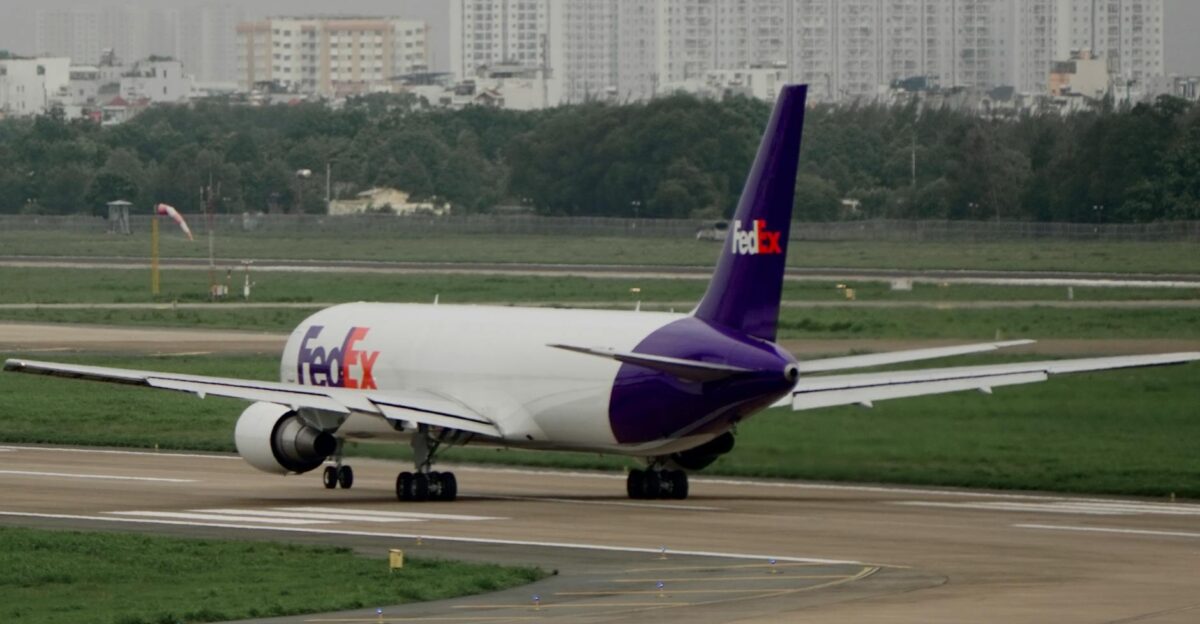
There is a tenable, albeit unproven, theory that FedEx may create room for agile, tech-enabled competitors or local upstarts to cover service gaps if it makes a significant reduction, particularly as e-commerce fragmentation increases. The emergence of hybrid, Uber-like package delivery models, imagine decentralized, on-demand “crowdshipping”, and a plethora of new competitors prepared to eat into FedEx’s formerly defendable market share are examples of second-order effects.
This possible disruption raises the possibility that the logistics industry will become more volatile and fragmented, favoring agile startups over established giants tethered to labor models and legacy infrastructure.
In Conclusion

FedEx’s historic reorganization in Iowa is more than just local news; it’s the first sign of a logistics sector (and possibly a whole corporate environment) that is undergoing change. No region or competitor is completely immune due to the combination of economic headwinds, contract losses, and technological disruption.
To put it bluntly, those who adapt, ruthlessly, sometimes mercilessly, will be the ones who survive. In addition to being a warning, the “Who’s Next?” argument urges businesses, employees, and legislators to look past the news of the day and make strategic plans for a future characterized by AI, adaptability, and measured sacrifice.